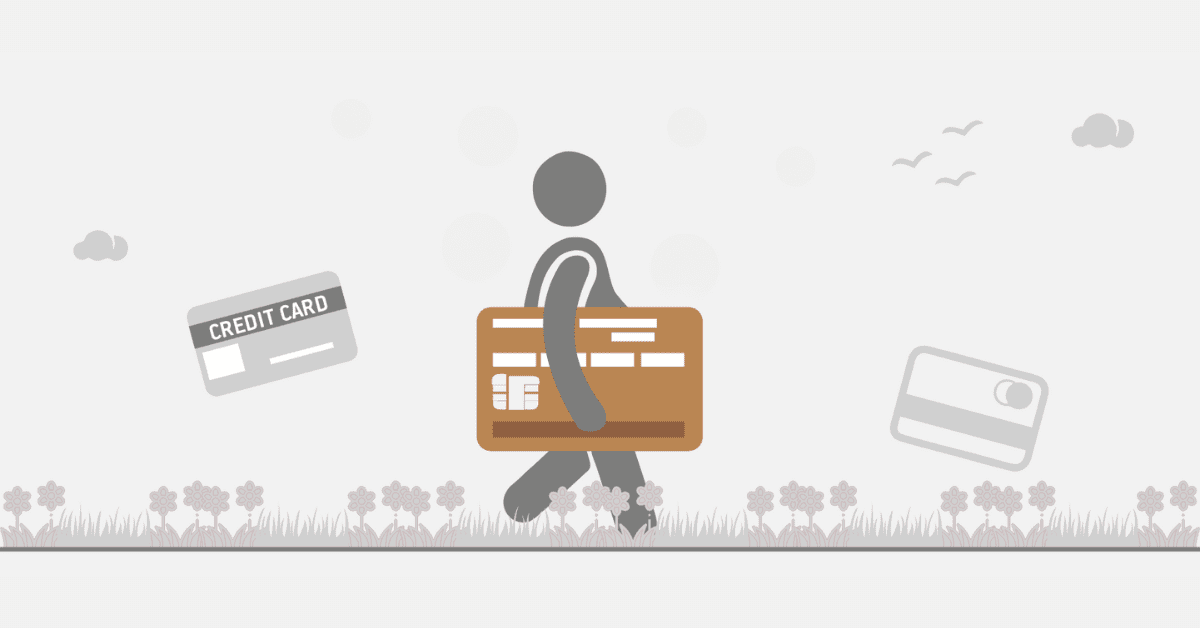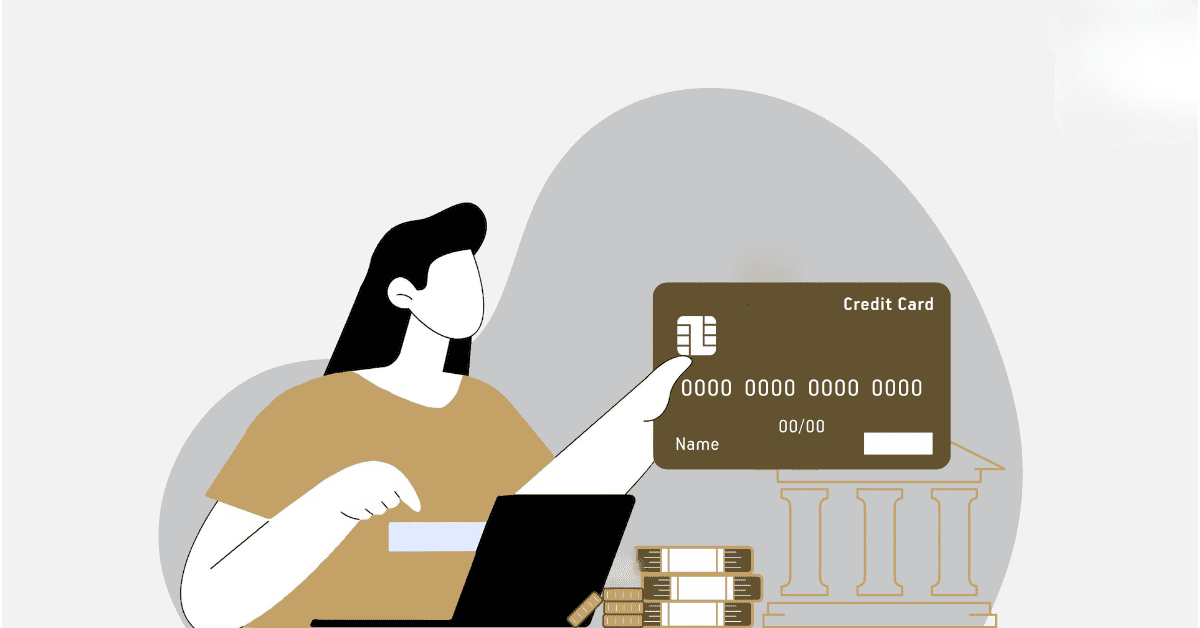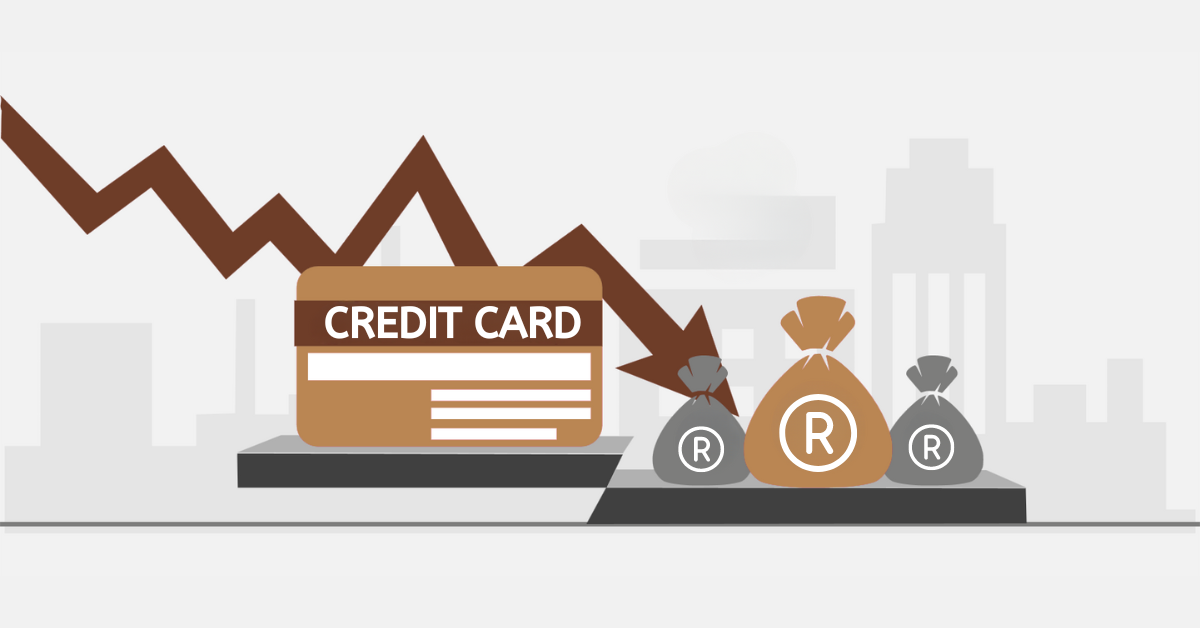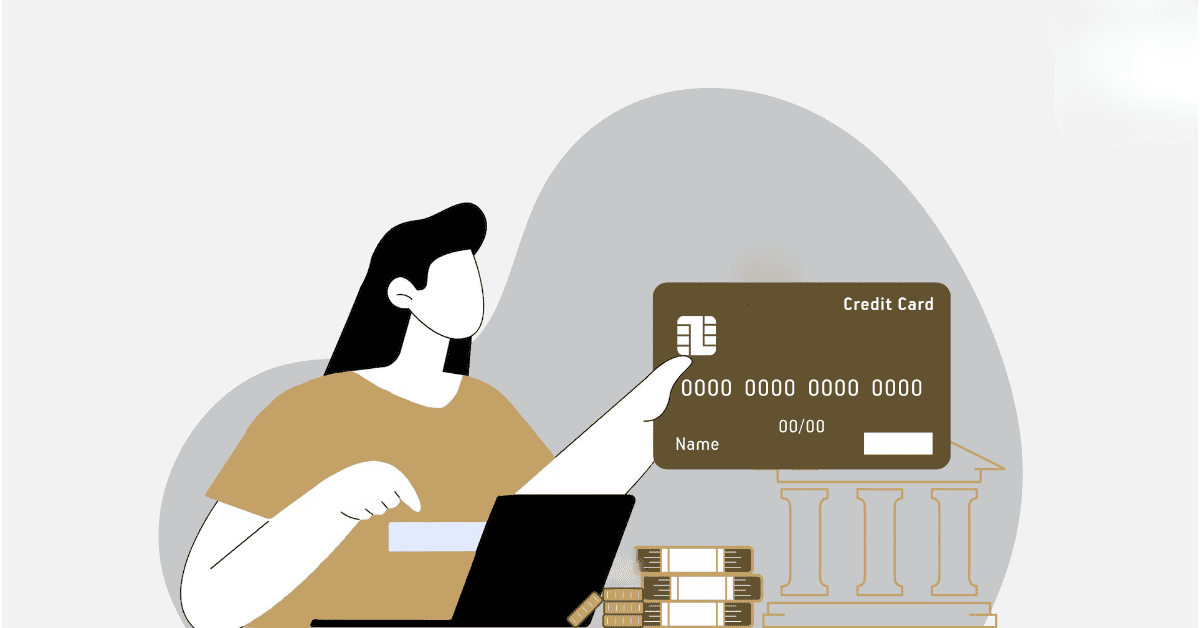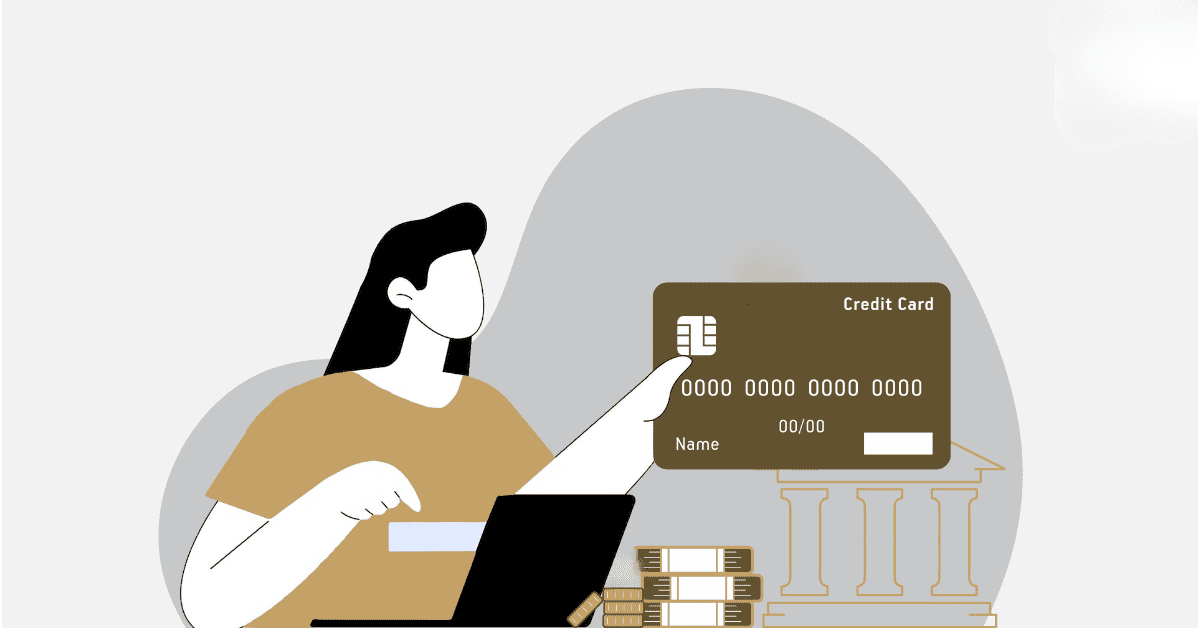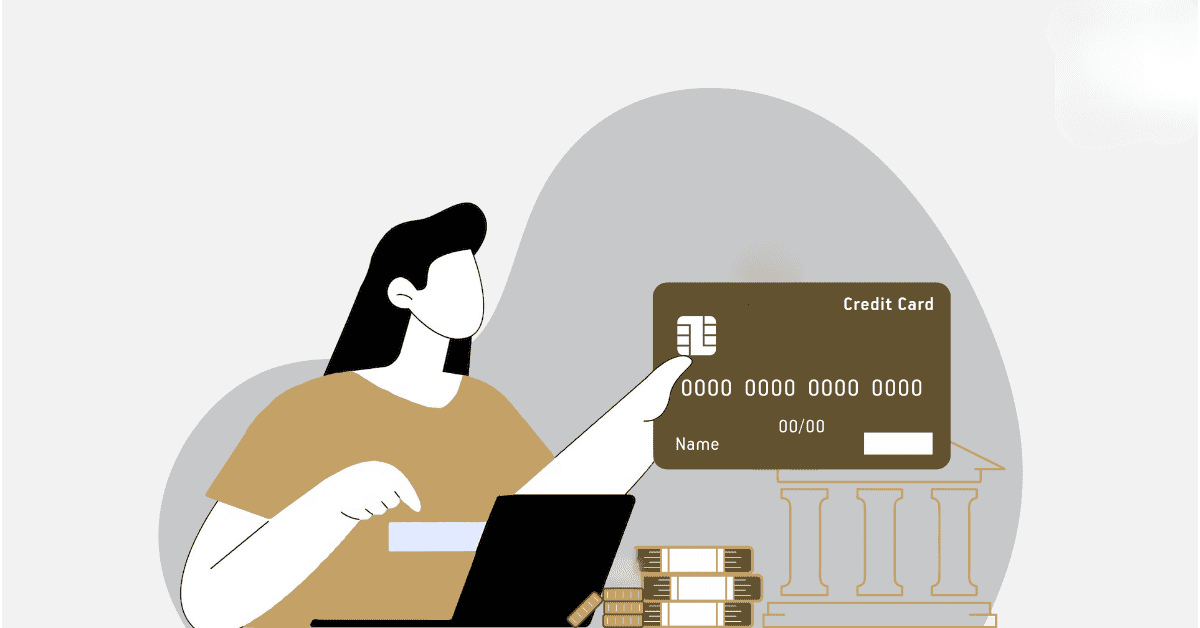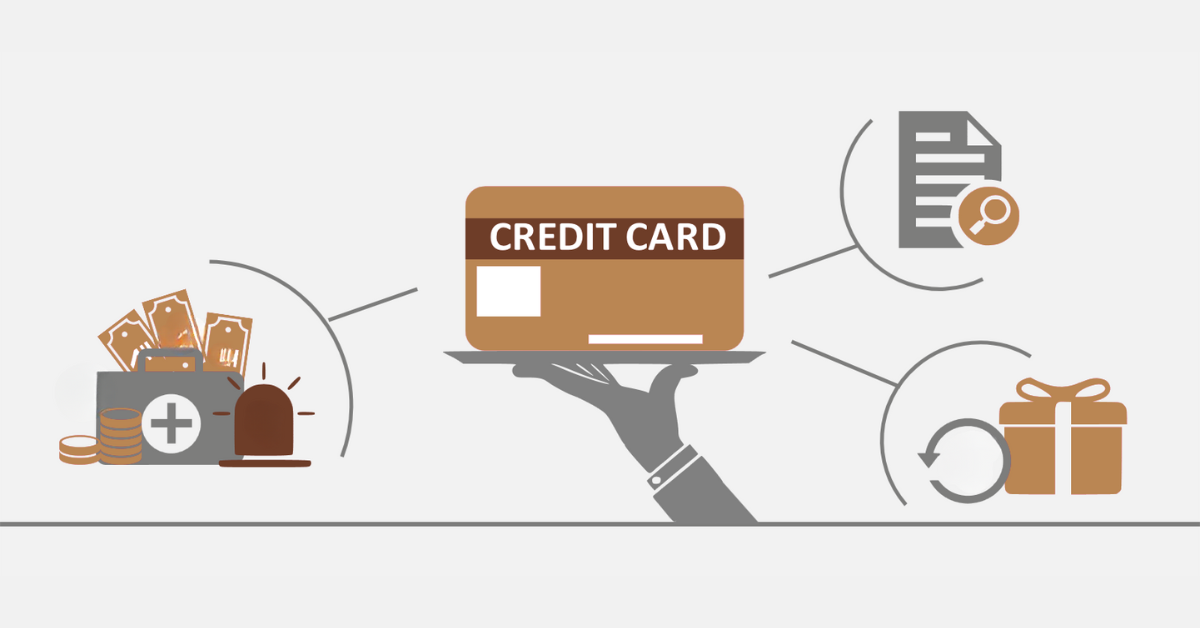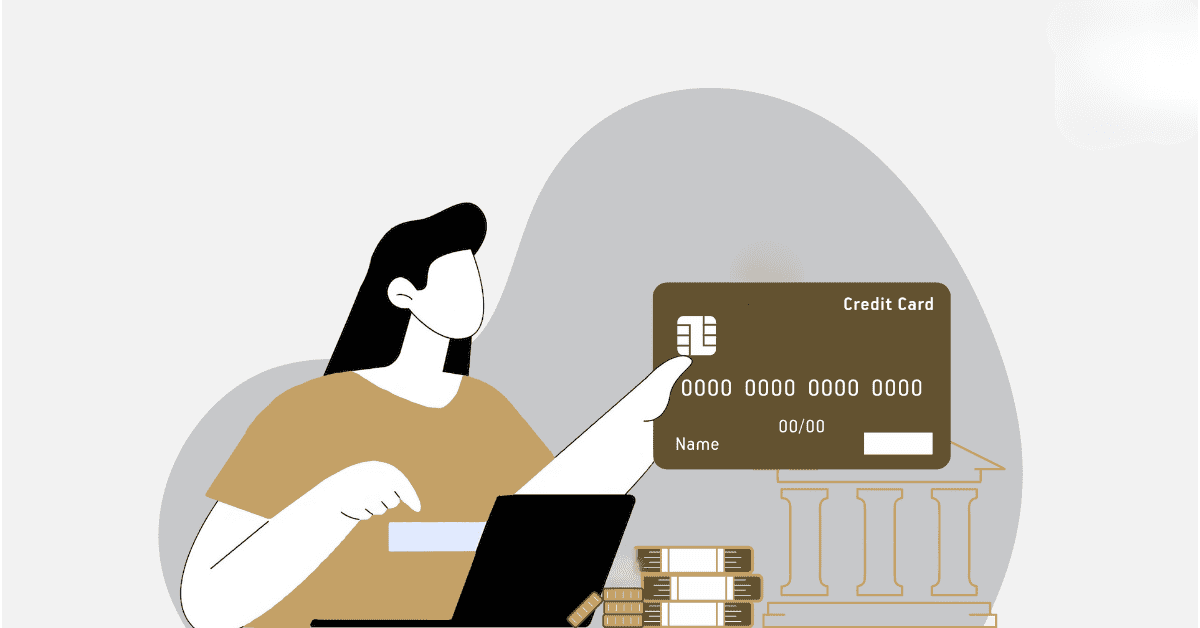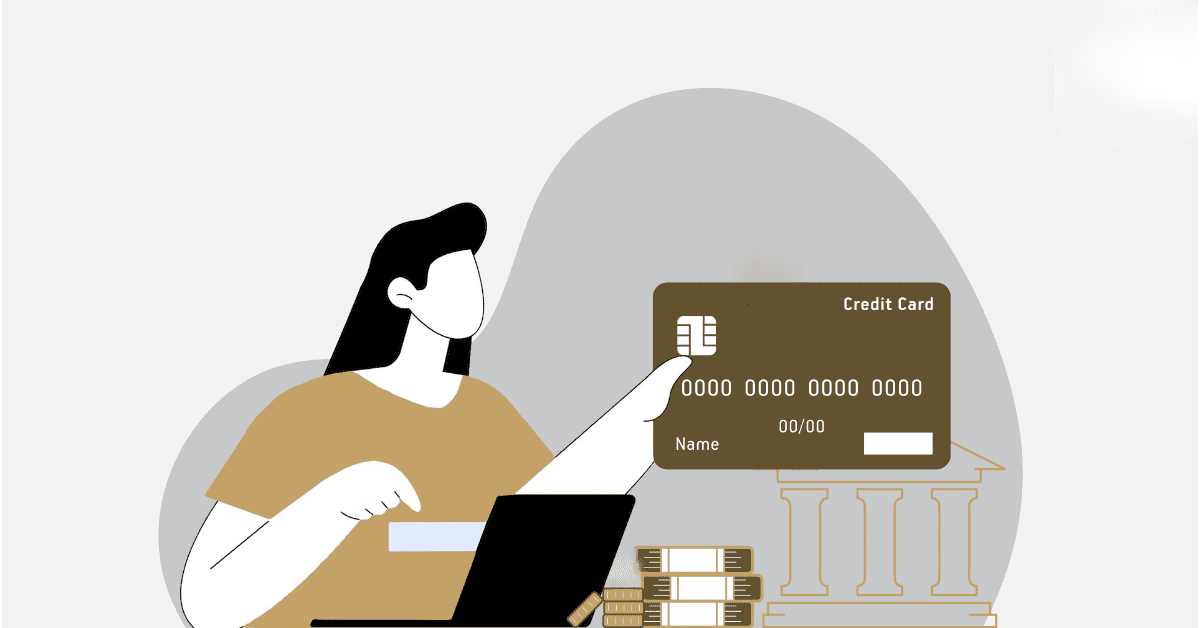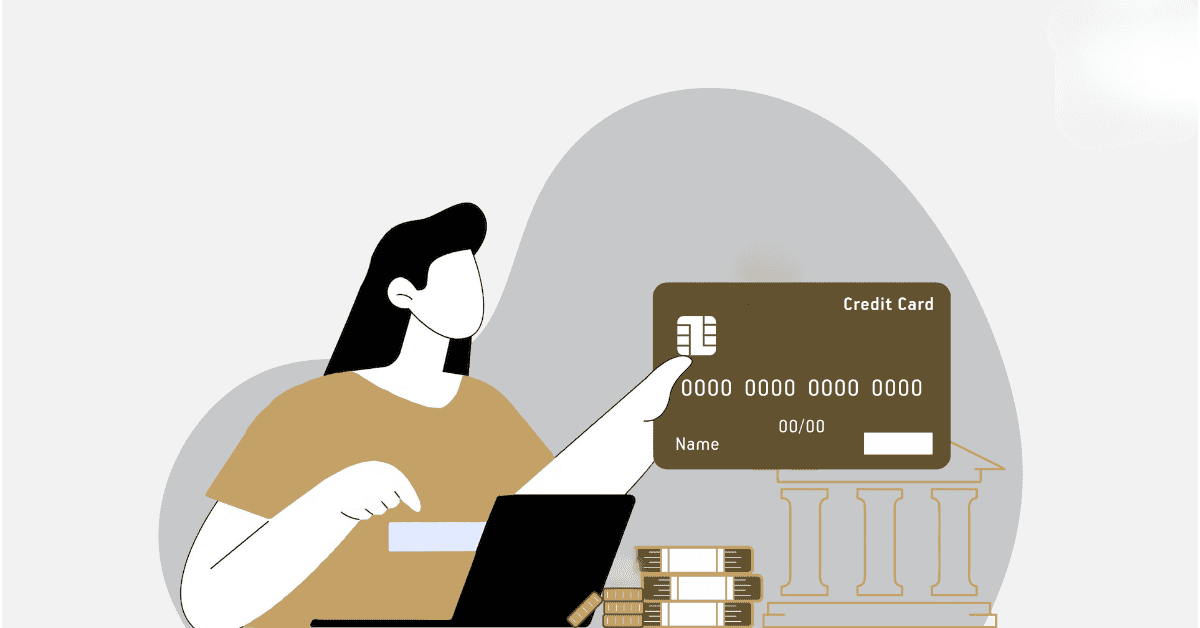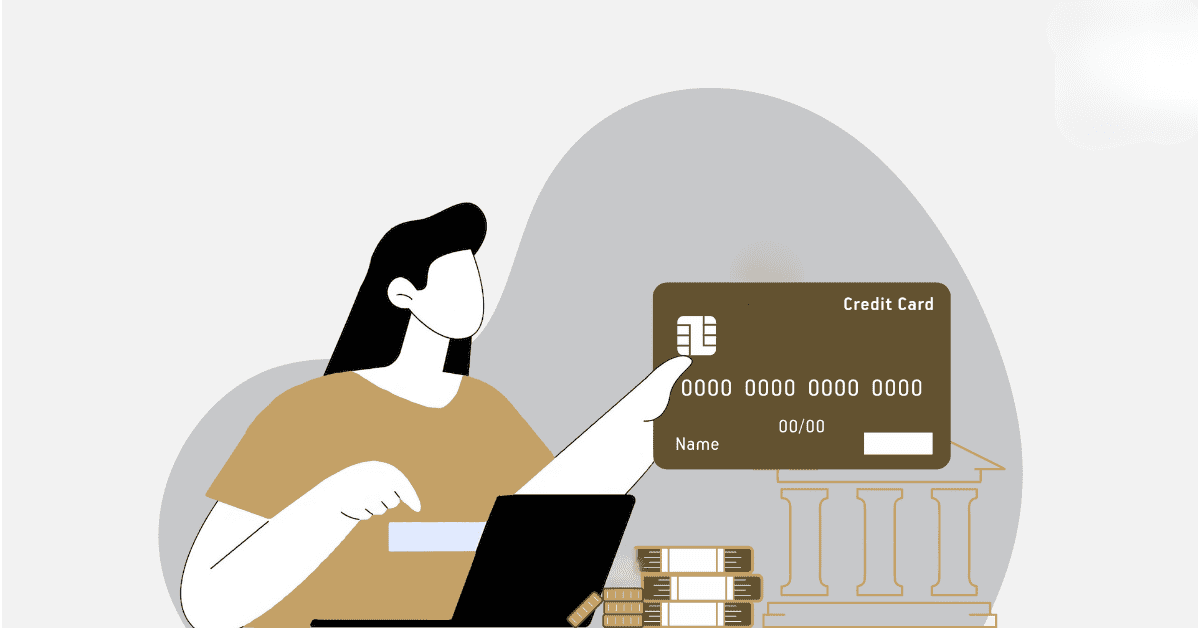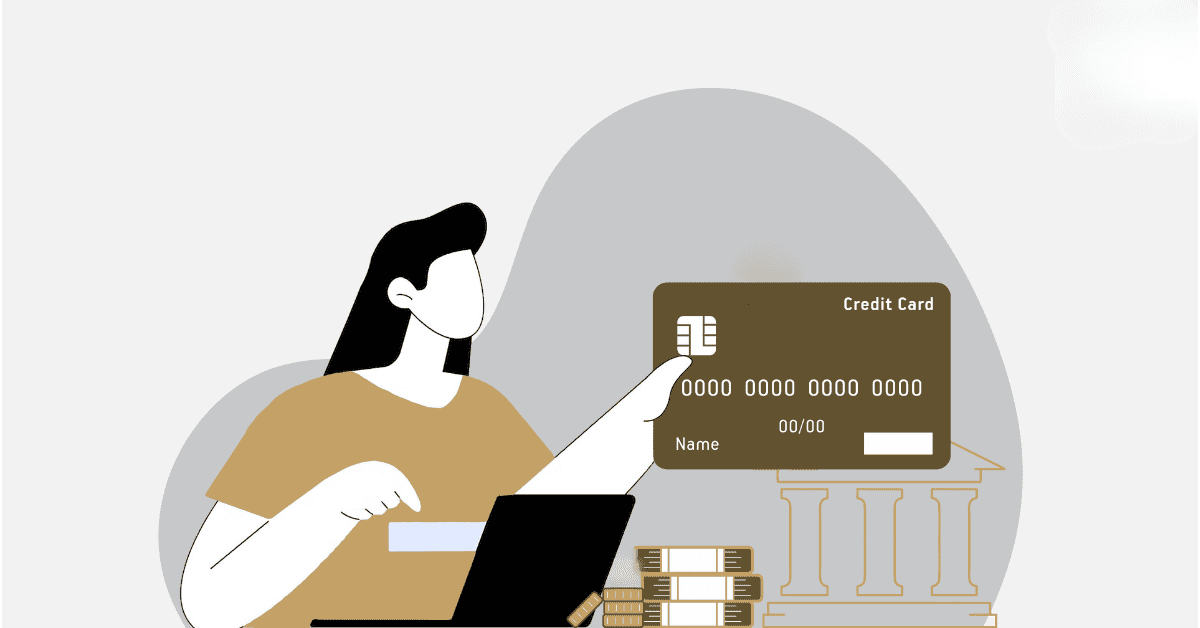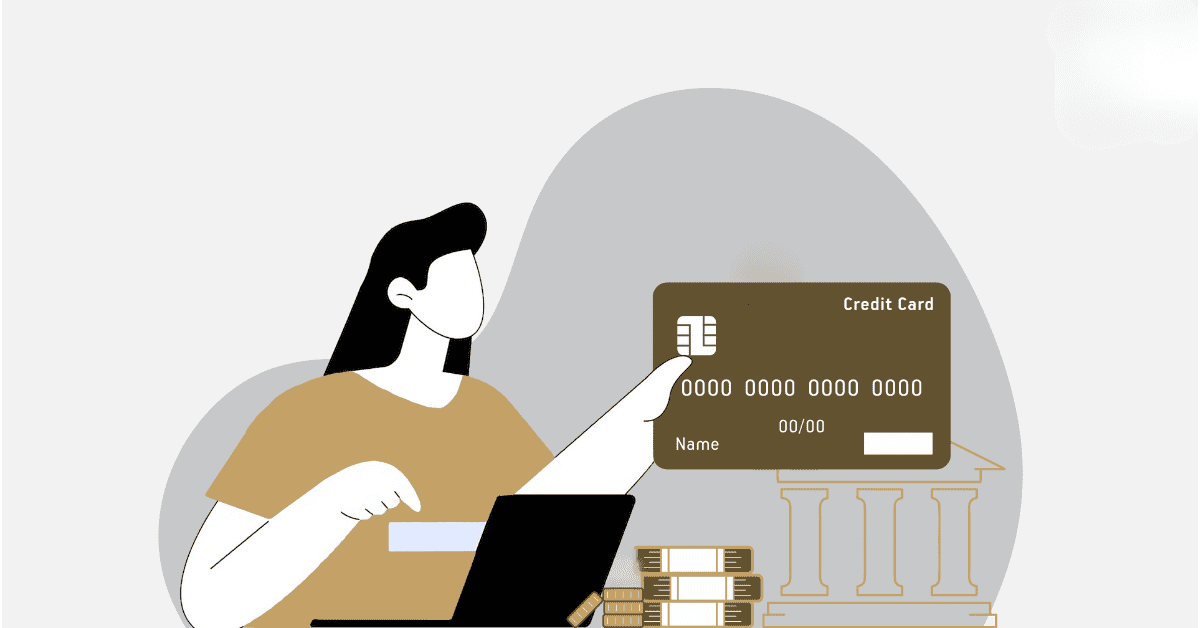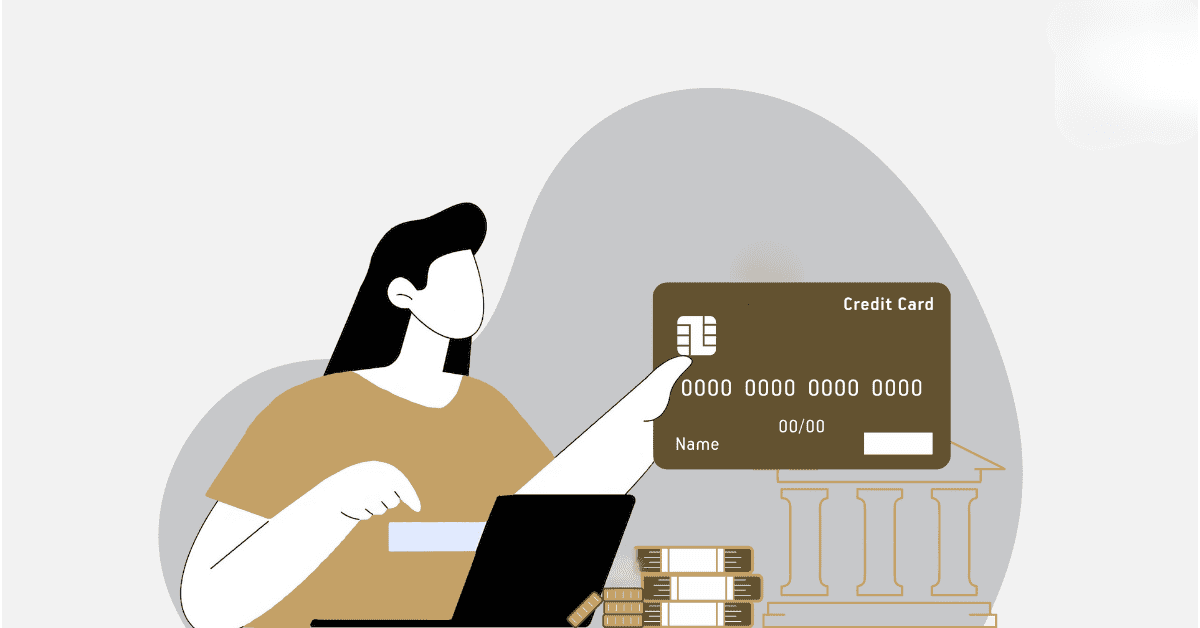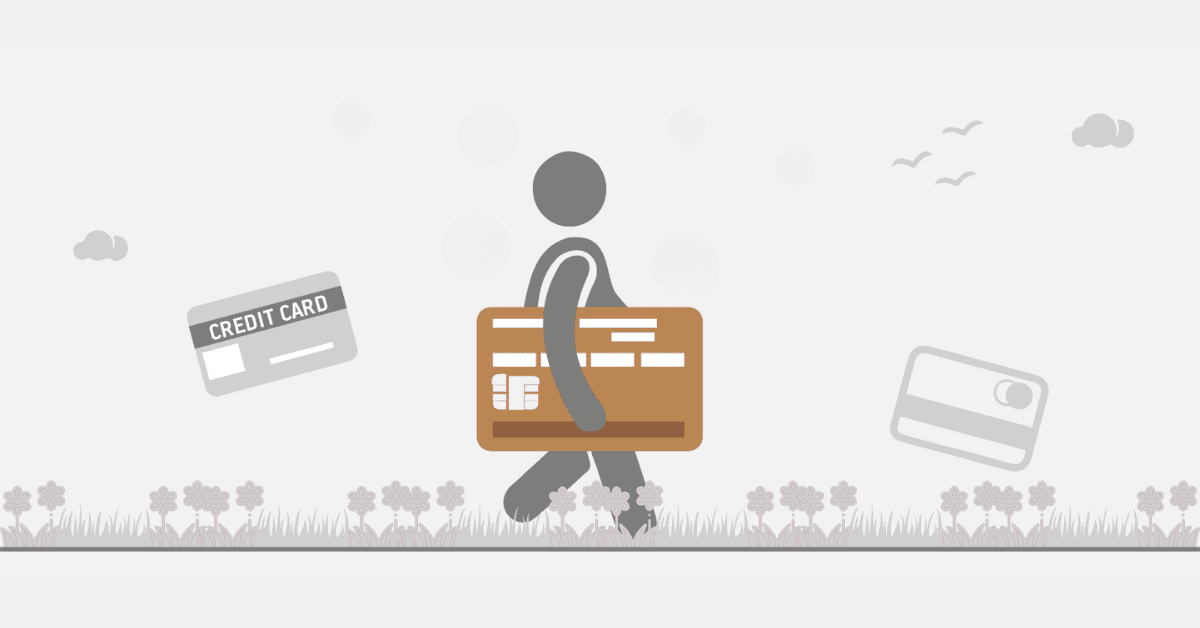A credit grade/score is a three-digit number displaying your reliability and loan worth as a loanee. Various bureaus calculate it, such as Experian in South Africa. Its scale is from 0 to 740, with 740 being the uppermost achievable grading. The higher the number, the higher the probability of ensuring authorization for credit services like loans and mortgages. With a higher score, one can also have better chances to get a good deal on interest rates and deals on credit.
However, missed payments, high utilization of your credit, or too many inquiries are a few that can negatively impact the scores. Here is an insight into how your credit card can help enhance your credit score and financial health.
How To Utilize Credit Card To Boost Credit Score
Boosting your credit rating with a credit card entails strategic utilization:
- Timely Payments: Clear your credit card arrears on time and at 100% monthly. This creates a positive payment record representing up to 35 percent of your rating. If unable to pay in full, pay the minimum due and more whenever possible. Late payments can affect your score for up to five years.
- Low Balances: Maintain knee-high balance, and don’t use beyond 30 percent of your credit curb. This cuts your credit utilization percentage, representing 30 percent of your rating. Credit grading models prioritize checking your utilization across each account. Keeping it below 30% can improve your credit.
- Diversify your credit use by responsibly using different types of credits to create a diverse credit history accounting for 15% of your score. Apply for new credit only when needed and affordable – avoid too many applications in a short period that can lower your score by 10%.
How Much Should You Spend On A Credit Card To Increase Credit Score?
As the factors may be scaled quite differently from model to model of credit scoring, there isn’t a definite answer as to how much you should spend with your credit card to raise your credit score. But as a rule, you should only utilize what you can manage to make clearance while ensuring your loan utilization rate stays below 30 percent. If you have a loan curb of R10,000 on your card, utilize no more than R3,000. This will guarantee that too many dues, overcharges, and interest increments do not harm your credit.
On the other hand, it may be similarly harmful to not use enough or nothing on the credit card. If you go for quite a significant time without utilizing the card, your issuer could make either one of these moves – close the account or reduce the loan curb – and either one might affect your credit rating. Locking the account may cut your accessible loan, uplift the divisor when determining your loan utilization percentage, and reduce your record length. Lowering your credit limit can also increase your credit utilization ratio and hence have a lower divisor, reducing your score with lower available credit. That is why your card should be utilized regularly but moderately, and the bill has to be paid duly – in due time and in full at the end of every month.
Does Having A Credit Card But Not Using It Hurt Your Credit?
Not using your credit card doesn’t directly impact your credit score, provided you pay any associated fees. However, it can indirectly affect your score. If your card provider locks your account or cuts your loan curb because of inactivity, it may reduce your accessible credit, uplift your credit utilization rate, and minimize your credit record length, reducing your grade. To prevent this, utilize your card every few months and clear the balance at 100%.
Creating a minute recurring fee on your card and clearing it off monthly may make your account active. Not using your card means missing out on improving your credit score. Regular, moderate use of your card, paid off on time and in full monthly, can build a positive payment history, lower your credit utilization ratio, and diversify your credit mix, boosting your score.
Does a credit card increase improve credit score?
A credit limit increase or credit card increase is an action your card issuer takes when maximum borrowing and the amount you can borrow increases. This would assist your credit score in two ways:
First, it will reduce your credit utilization ratio, representing 30% of your score. This ratio looks at the proportion of your available credit you’re using. Increasing your credit limit increases your available credit and can lower your ratio if you don’t temper that spending. For instance, say your balance is R1,000; if your limit is R2,000, that would mean a 50% utilization rate. If your limit rises to R3,000 and the balance remains R1,000, your rate is 33%.
Secondly, increasing credit cards can show you’re worthy of credit, improving your score. It usually indicates that the issuer is happy with your credit behavior and considers you low-risk. This will reflect well on your score, revealing that you manage credit well and pay bills on time. But it would be a mistake to consider a rise in credits as motivation to spend more; this might backfire and do more than just dent your score. Only use your card for what you can afford to pay back, and keep your utilization ratio below 30%.
